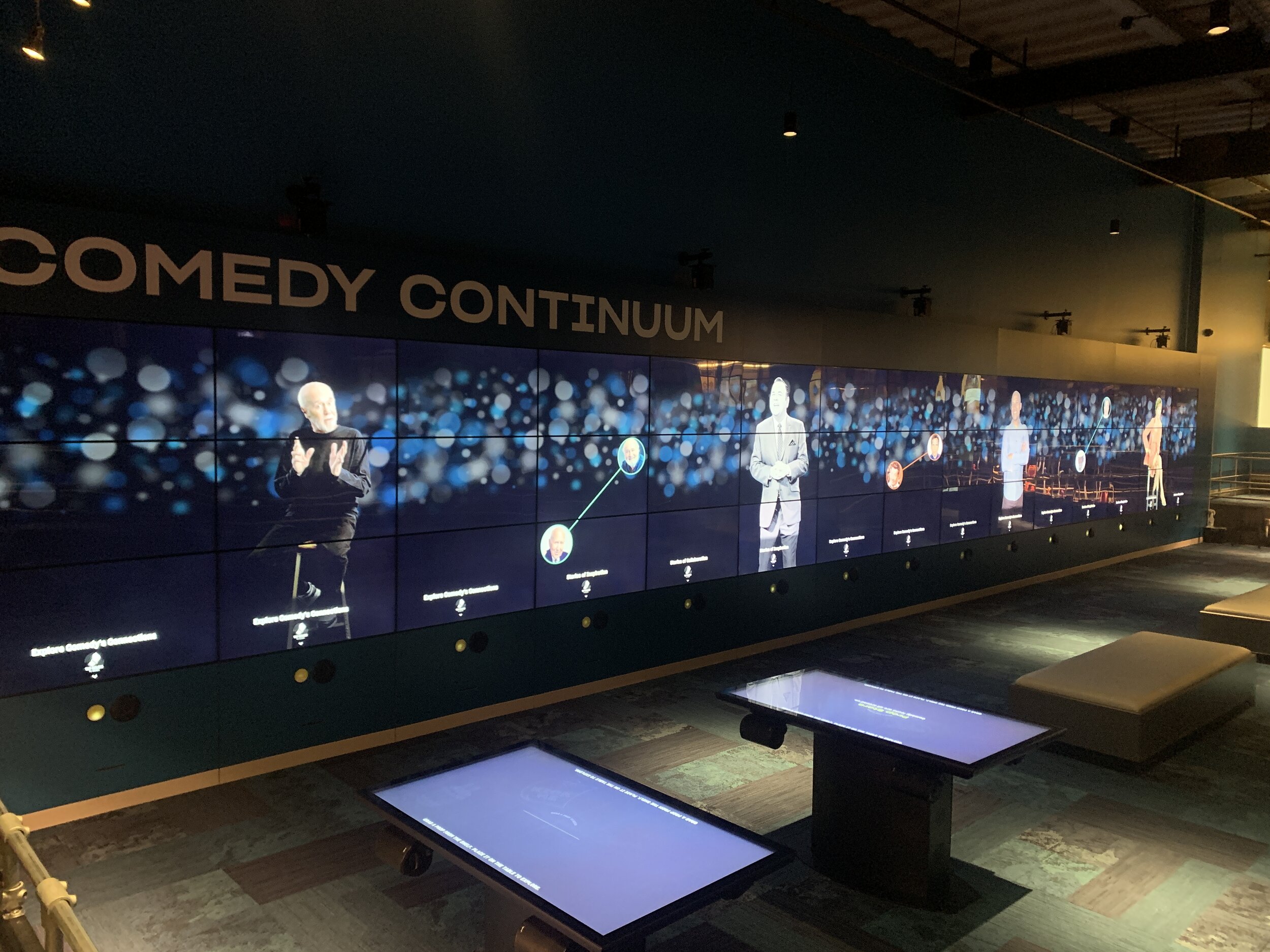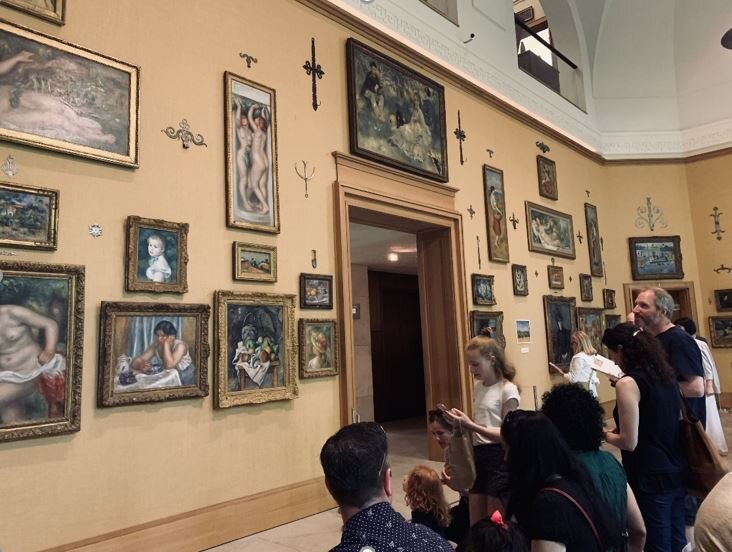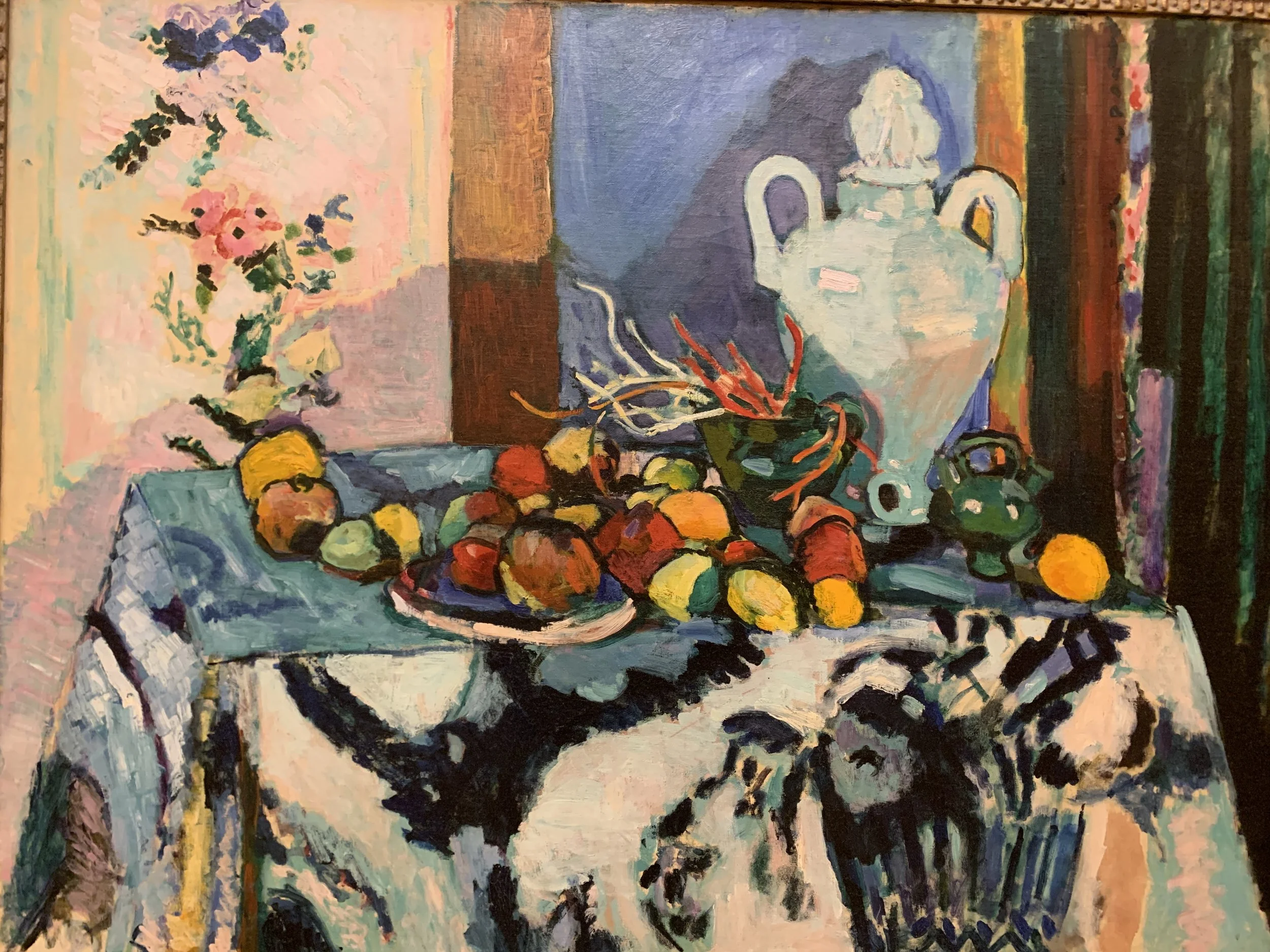The National Comedy Center is the '“first non-profit institution and national-scale visitors experience dedicated to the art of comedy,” but it does the genre justice appealing to both fans and non-fans (Variety). The museum opened in 2018 and has already been praised as one of the best museum experiences in the country, holding a 5 star ranking on trip advisor.
Image Recognition Technology Use in Museums
VR, Simulcast & Growing Theatre Audiences: Connecting with Remote Theater Audiences through 360-degree Simulcast
Technologically enhanced theatre experiences can extend beyond the use of cutting edge performance light and sound tech. Today’s technology allows theaters to reach audiences outside of their physical space through livestreaming performances in Virtual Reality (VR) with VR being defined as an artificial environment which is experienced through sensory stimuli (such as sights and sounds) provided by a computer and in which one's actions partially determine what happens in the environment. Furthermore, livestreaming, defined as when a person or organization “transmit[s] or receive live video and audio coverage of (an event) over the Internet” is becoming a routine part of standard social network experience. Livestreaming through VR, while still a relatively new concept, may allow the virtual audience watching the livestream to feel much more present at the performance than ever before and therefore a theater’s potential audience engagement opportunities.
Artifical Intelligence and Audience Engagement for the Performing Arts
As time goes on, it’s clear that artificial intelligence will continue to find its place in the arts. Using AI to build connections with audiences, in particular, is an interesting and developing sector of arts and technology. The performing arts are primed for a technology jumpstart and a reassessment of audience engagement tactics. Now, more than ever, the opportunities for the integration of artificial intelligence and audience engagement in the performing arts are ripe for exploration.
Connecting People to Place: How Digital Maps Advance Civic Engagement in the Cultural Sector
In a time where we can build and access a wealth of geographic information through our mobile devices and online, digital tools are being leveraged to make these kinds of civically engaged connections. Digital maps, in particular, have been built to service archival needs as well as transform the public’s interaction with art and archeological sites. By examining how organizations have deployed various digital map technologies in their work, we can also see how these tools have practical value and the potential to more broadly advance the cultural fields.
Case Study II: Digital Engagement and Experience Design
As museums seek to increase engagement in both the physical museum space and across digital platforms, many are striving to create more personalized experiences that differentiate the museum visit and increase engagement with the institution and its collection. These two case studies—the Museum of Old and New Art in Tasmania, Australia, and the Cooper Hewitt Smithsonian Design Museum in New York—are examples of hybrid museums that successfully demonstrate how bridging the physical and virtual in the museum visitor experience can increase the length, breadth and depth of engagement with the institution and its collection.
The Hybrid Museum Experience: Case Studies in Digital Engagement and Experience Design
This is part 1 in a two-part series examining hybrid museums that successfully demonstrate how bridging the physical and virtual in the museum visitor experience can increase the length, breadth and depth of engagement with the institution and its collection. Part 1 explores the Museum of Old and New Art in Tasmania.
Summer Road Trip Series: Barnes Foundation Image Recognition App Increasing Visitor Engagement
A summer long weekend in Philadelphia is inspiring by the many art experiences the city has to offer. Of the museums I visited I was most impressed by both the collection and quality of experience at the Barnes Foundation. The museum has a noteworthy collection of impressionist, post-impressionist, and early modernist artwork, which includes the world’s largest holdings of paintings by Renoir and Cézanne.
Summer Road Trip Series - BreckCreate's WAVE Festival: Breckenridge, Co
The Future of AI and Audience Engagement in the Arts
NY Live Arts hosted the Arts + AI Symposium, Saturday May 11, 2019. The Symposium was part of Live Arts, their annual humanities festival of arts and ideas. The 2019 Festival AI: Are You Brave Enough for The Brave New World? pondered a future with artificial intelligence, a technology that promises to revolutionize human existence. The festival headliner was a performance by discrete figures. Other activities included a hacking camp for teens and panel discussion on the Future of Work.
The Art + AI Symposium offered the sold-out crowd a speed dating style share-out from panel participants. As the manager in the group, I provided a perspective on AI focusing on how institutions will begin connecting the art to the audience using emerging technologies. The following article provides a summary of the frameworks and solutions I presented.















